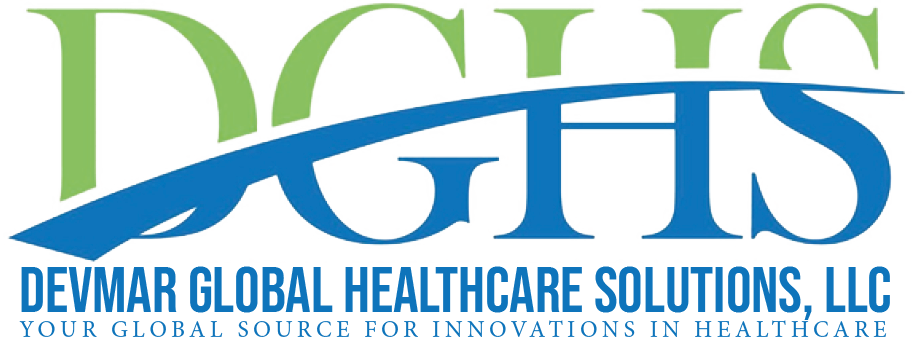Breastfeeding provides unmatched health benefits for infants and mothers alike. The World Health Organization (WHO) recommends exclusive breastfeeding for six months, followed by continued breastfeeding with appropriate complementary foods for up to two years or beyond. However, even short-term or partial breastfeeding offers advantages over formula feeding. For babies who cannot receive their mother’s milk, pasteurized donor human milk is the next best option. Let’s explore why breast milk and donor milk should be prioritized.
Breast Milk Protects Against Illness and Infection
Colostrum, the early milk produced after birth, is packed with immunoglobulins and antibodies that coat a baby’s intestines and defend against pathogens and allergens. The immunological agents and compounds in human milk also help modulate immune function and inflammation levels. Babies who receive breast milk experience fewer instances of:
- Ear infections
- Respiratory infections like pneumonia, RSV
- Stomach bugs like diarrhea and vomiting
- Sudden Infant Death Syndrome (SIDS)
- Childhood cancers
- Diabetes
- Obesity
This protective benefit seems to last well beyond breastfeeding itself. Breastfed infants get sick less often throughout childhood.
Nutritional Composition of Breast Milk
In addition to immune factors, human milk contains the perfect balance of fats, proteins, sugar, and micronutrients to fuel a growing baby. The nutrient ratios are adjusted based on the infant’s age and stage of development.
Key components include:
Digestible fats: Help baby absorb fat-soluble vitamins like A, D, E, and K. Provide concentrated energy.
Lactose: A natural sugar that doesn’t tax a baby’s immature gut. Calms gut inflammation.
Oligosaccharides: Prebiotics that nourish good gut bacteria and block the adhesion of pathogens.
Cholesterol: Crucial for brain and nerve development.
Stem cells: These may help organs mature and reduce tissue inflammation.
Digestive enzymes: Make milk components easier to absorb and digest.
Breast milk evolves along with your baby’s needs. There is no man-made formula as complex and dynamic as the real thing.
Bonding and Brain Benefits
The skin-to-skin contact and eye gazing that occur during nursing strengthen the mother-infant bond. This facilitates attachment and trust. Breastfed babies show more social reciprocity as they grow.
On the brain side, human milk contains unique fats like DHA that boost development. The fatty acid composition encourages nerve cell communication. Breastfed babies demonstrate higher IQs, cognition scores, and classroom performance later on.
Practical and Financial Advantages
Breastfeeding offers convenience – no mixing and warming bottles! It saves money over buying formula while also reducing medical costs due to lower rates of illness. Breastfed infants have less risk for major expenses like NICU stays or childhood cancer treatment.
Breastfeeding helps moms recover faster after birth by releasing oxytocin to shrink the uterus. Exclusive breastfeeding can delay periods and ovulation, serving as a temporary contraceptive. Making milk burns calories to help mom return to pre-baby weight.
How Donor Milk Helps
When babies are unable to get their mother’s milk, pasteurized donor milk from accredited milk banks provides the next best alternative over formula. Donor milk undergoes processing to destroy pathogens while retaining its nutritional and immune components.
Donor milk is lifesaving for vulnerable NICU babies. It protects and matures their underdeveloped GI tracts better than formula and reduces deadly complications like necrotizing enterocolitis. Later in infancy, donor milk helps:
- Bridge gaps if mom’s supply is low
- Provide relief when mom is ill or taking medications that make her milk unsafe
- Serve as a feeding option if the baby cannot tolerate or has an allergy to formula
- Support situations like adoption, breast surgery/illness, or mom’s insufficient glandular tissue
The WHO states donor milk is the first-choice substitute when a full milk supply from mom is unavailable. While not identical to mom’s milk, it offers clear benefits over formula.
Protecting Milk Supply and Seeking Support
Building and maintaining a robust milk supply takes dedication, especially amid work, life demands, and health challenges. Prioritize rest, nursing on demand, skin contact, proper latch, and limiting formula top-offs. Seek lactation support at the earliest sign of issues.
If your situation makes providing your own milk impractical or impossible, do not despair. Speak with your pediatrician about donor milk availability. Medicaid, WIC, and some insurance plans cover it when medically warranted. Your baby can still reap the advantages of human milk.
Conclusion
Breastfeeding and donor milk create a powerful shield of protection, nutrition, and developmental support for infants. When circumstances allow, providing your own milk is ideal. When not feasible, pasteurized donor milk is the next best way to give your baby the gold standard. Every ounce of mother’s milk or safe donor milk counts.

